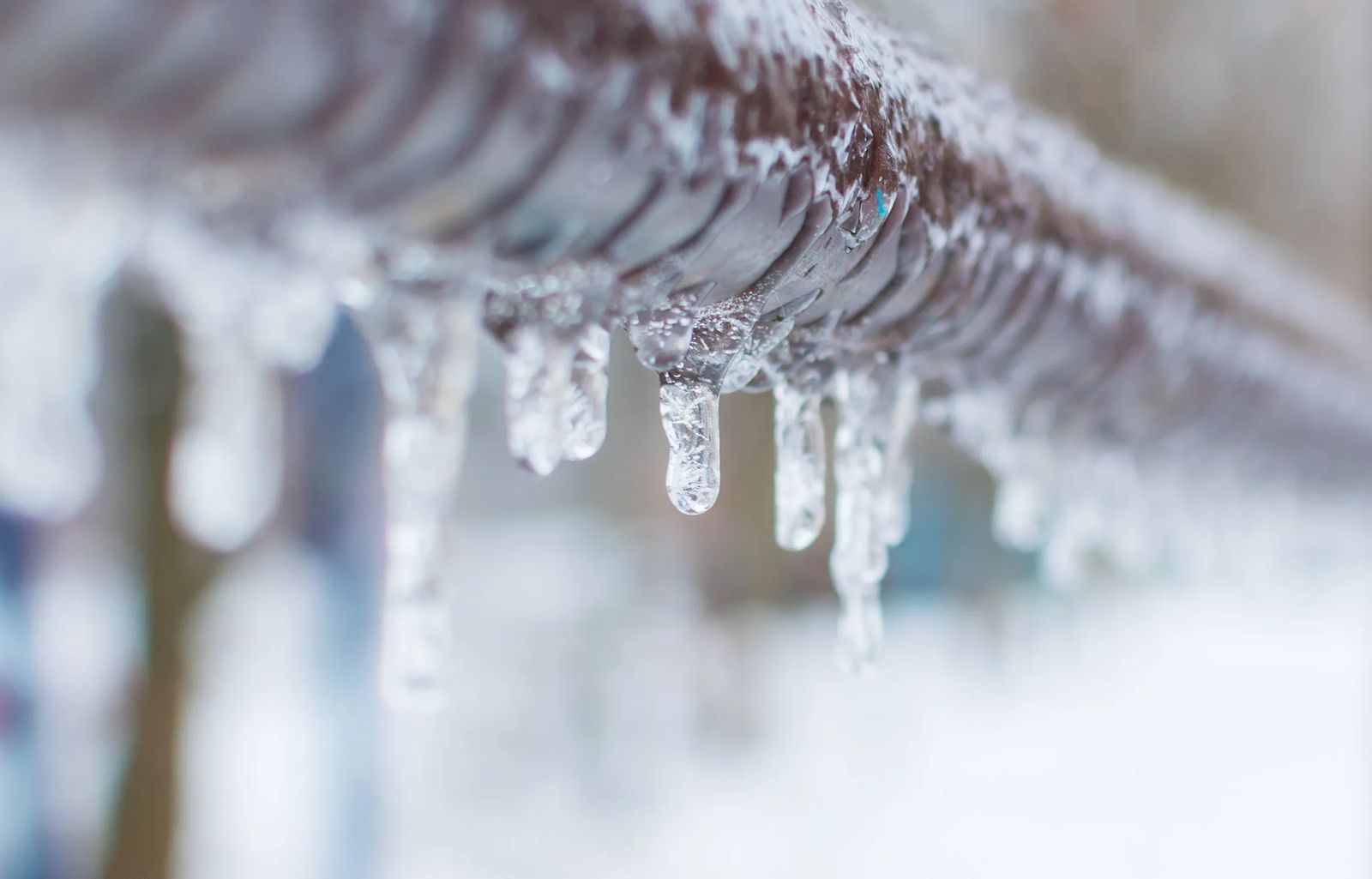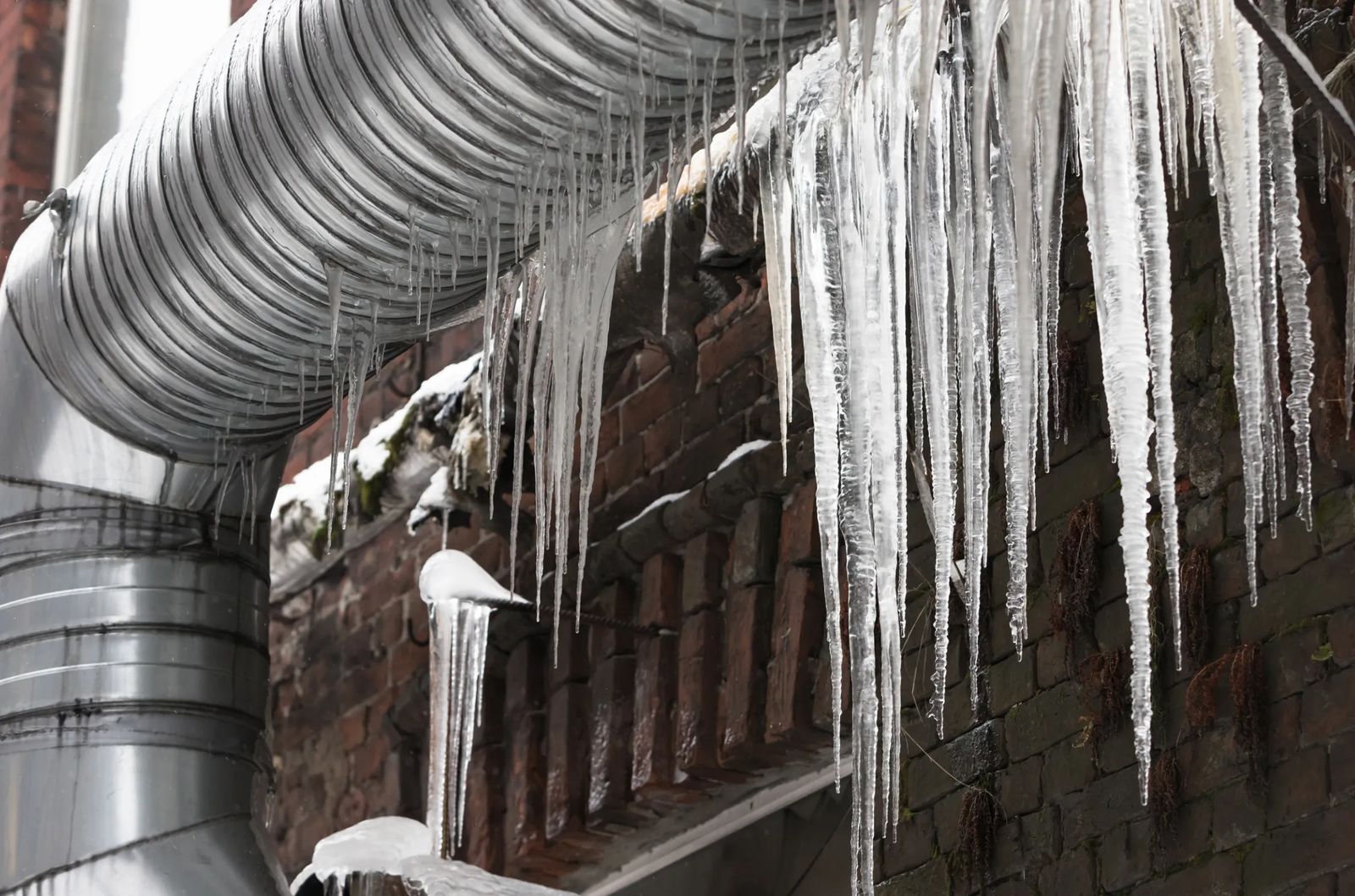
BEWARE OF FROZEN PIPES
As the temperatures drop, the risk starts to rise
Nic Wackerly | Newman Restoration & Cleaning
As temperatures begin to drop this Fall, it is time to start thinking about the dangers of frozen pipes.
Where are pipes most likely to freeze - Some pipes are more vulnerable than others. Pipes running near exterior walls are most susceptible to freezing. Pipes in the crawlspace are also vulnerable to freezing if they are not properly insulated. Whichever areas of the home are the coldest or most difficult to heat are going to be the first to freeze. These areas should be checked daily to catch water damage before it develops into a larger issue.
Signs of a frozen pipe - Water flowing suddenly from pipes or barley trickling out can be a sign of freezing. Excess moisture or a very cold tap is another indication. A frozen pipe may also be bulged out around where the water has frozen. It is possible to unfreeze a frozen pipe, but you should only attempt to do so with the water turned off. Some common home remedies are to use a hairdryer or wrap the pipes with warm towels. Team Newman suggests using a trusted plumber to unfreeze any pipes and offer solutions to prevent freezing in the future.

4 ways to protect your home
- Protect vulnerable areas - Adding insulation, pipe wrap or electric tape can prevent pipes from freezing. Eliminating the source of cold air near pipes is also important. Fixing drafts and missing insulation is crucial to protecting pipes.
- Do not turn off the heat to your home - While it is a cost cutting measure, turning off the heat in your home can lead to very expensive water damage. A pipe may not freeze and burst right away, but consistent freezing and thawing can develop into a sudden rupture or slow leak. Both results can develop into an expensive remediation bill. If the temperature inside a home is in the fifties, exterior wall cavities can easily drop to below freezing. Keep the thermostat above 60 degrees to protect against water damage. If you are going to leave a property unattended, it is recommended to have a plumber winterize the pipes. This step is expensive, but is often less than the deductible for a water damage claim.
- Perform a structure walkthrough - It is a good idea to inspect all the living spaces of your home daily. Look for discoloration in walls or ceilings or a musty smell. These are signs of a possible slow leak from a damaged pipe. A small leak can lead to large amounts of damage if it is undetected. It is also recommended to check crawl spaces and attics routinely, as they can also develop water damage. Look for excess moisture or elevated levels of humidity, which are often the first signs of water damage in unoccupied or unfinished spaces.
- Know where to shut off the water - If a pipe does rupture, turn off the water to the home immediately. Knowing where the water shut off valve is located is very important. It is a good practice to clearly label the valve so someone else can easily find it. These valves are most often located on the perimeter of the home in a utility space. It will be located very close to where the water enters the home from the main line. If it is difficult to find the water shut off, contact a local plumber who can help explain the system. Shutting off the water quickly can prevent additional damage.
If a pipe does burst, shut off the water and call a restoration professional - Getting a professional restoration company involved right away will help limit the damage. At Newman Restoration & Cleaning, we are prepared to respond 24/7 to stabilize any water damage that may occur from a broken pipe.









